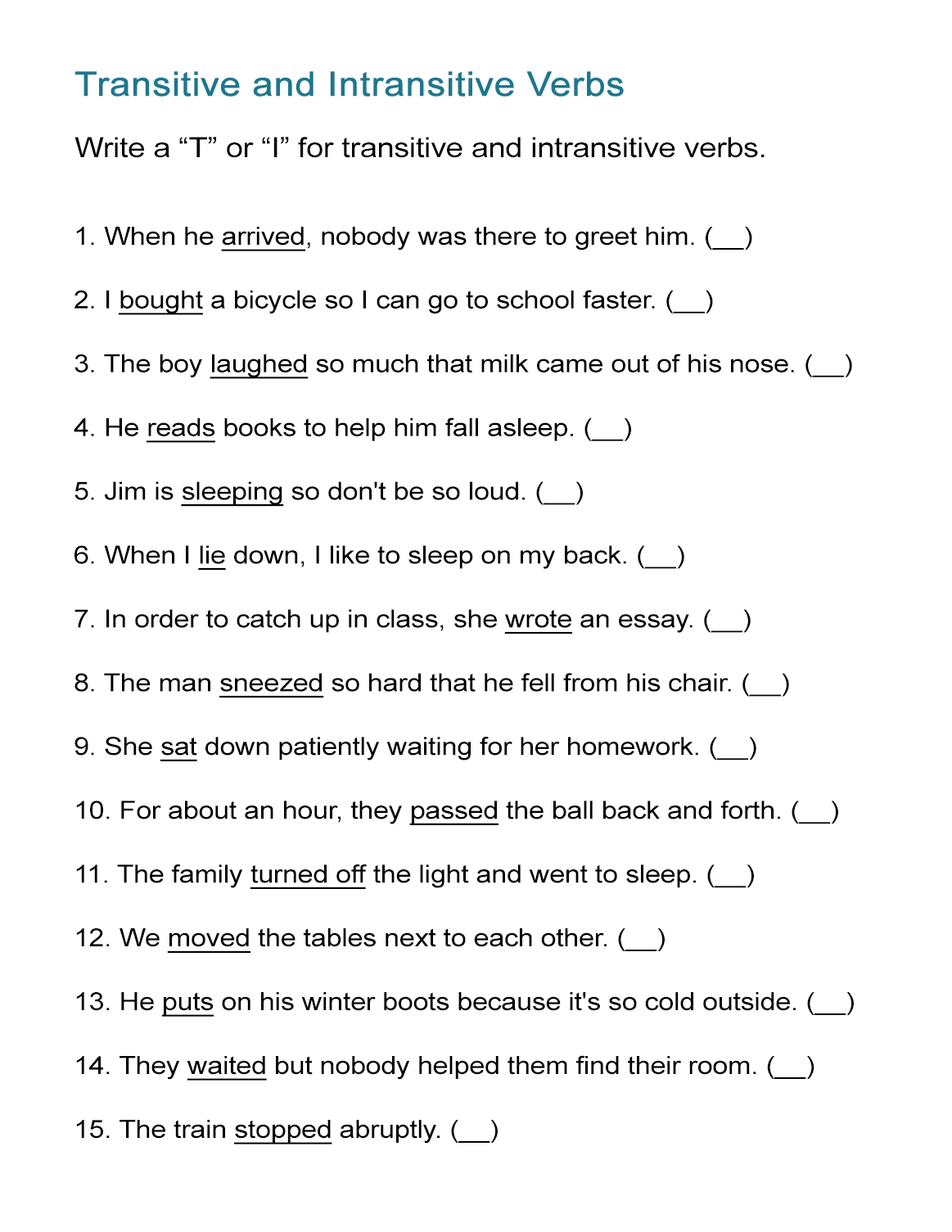Linking verbs are an essential part of the English language, as they help connect the subject of a sentence to a predicate or subject complement. Intransitive linking verbs, in particular, play a crucial role in sentence structure and meaning. Understanding how these verbs function can greatly improve your writing and communication skills.
Unlike transitive verbs, which require a direct object to complete their meaning, intransitive linking verbs do not transfer an action to an object. Instead, they link the subject to additional information about the subject, such as a state of being or condition. Examples of intransitive linking verbs include “appear,” “seem,” “become,” “remain,” and “feel.”
Intransitive Linking Verbs
One key characteristic of intransitive linking verbs is that they do not take a direct object. Instead, they are followed by a subject complement, which provides more information about the subject. For example, in the sentence “She appears happy,” “appears” is an intransitive linking verb linking the subject “she” to the subject complement “happy.”
Another important aspect of intransitive linking verbs is that they express a state of being or condition rather than an action. This helps to convey the subject’s state or feelings to the reader or listener. For instance, in the sentence “The weather seemed cold,” “seemed” links the subject “weather” to the subject complement “cold,” indicating the perceived temperature.
It is crucial to recognize intransitive linking verbs in a sentence to ensure clarity and accuracy in communication. Misidentifying these verbs can lead to confusion or misinterpretation of the intended meaning. By understanding how intransitive linking verbs function, you can effectively convey your message and engage your audience.
In conclusion, intransitive linking verbs are an essential component of English grammar that help connect the subject to additional information about the subject’s state or condition. By mastering the use of intransitive linking verbs, you can enhance the clarity and effectiveness of your writing. Practice identifying and using these verbs in your sentences to improve your communication skills and convey your message with precision.
